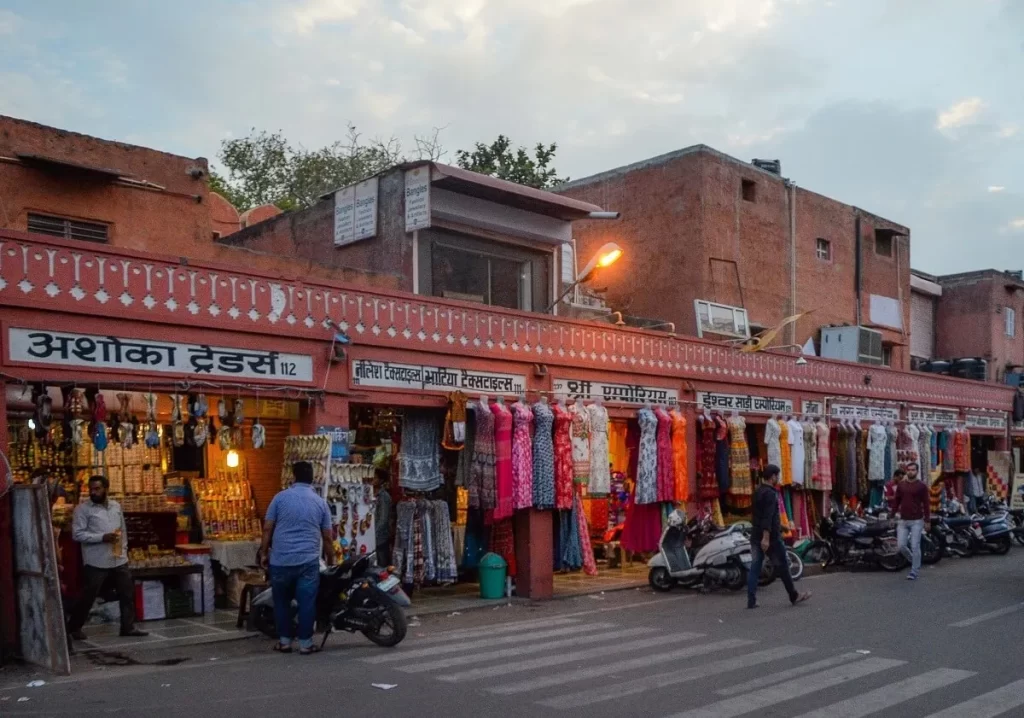A blue-collar worker from Mumbai’s BDD chawl rubs shoulders with a banker living in Lodha Trump Tower as he gets off at Dadar station. On the way home, both find themselves at the Patel Grocery Store. The banker buys a loaf of sourdough bread while the blue-collar worker buys a packet of milk from the day’s wages.
This store is one of the 2 million stores in urban India that make up 65% of FMCG businesses. (The Ken). At the other end are 10 million stores, comprising 35% of FMCG businesses.
This power law of distribution leads to two business strategies.
- Micro markets
- Islands of adoption
Strategy 1: Micro markets
Income inequality has created a few pockets of concentrated consumption. These pockets are spread all over the country.
That’s why broad brushstroke strategies fail very quickly. Instead, if a business thinks small and filters out low-growth areas, it can get faster returns on investment.
The first filter is that of cities. To illustrate, I share an excellent chart (albeit dated) by BCG. They use the thumb rule of GDP growth and shortlist high-growth-potential cities.

Even within a city, there are streets where it makes more sense to be present than others. So, the second filter is areas and streets.

Coke and Pepsi target college-adjacent areas: The core target audience of most soft drinks is teenagers and young adults. Where are they found? In colleges and markets close to colleges. It is an unwavering rule to dominate college streets (via hoardings, trade promotions, and in-shop merchandising) during summer or whenever a new beverage is launched.
Strategy 2: Islands of adoption
A second strategy is to enter and win in one type of distribution channel first and then work outward from there. This distribution channel is the sweet spot of the right consumer, usage occasion, and pricing.
This is an excellent strategy, especially for new products that require a learning curve on the part of the consumer. For example, hair color in a country of hair dye.
L’Oreal entered the country through salons: A successful example of this is L’Oreal’s hair color. India used to be a hair dye market – consumers could dye their hair any color as long as it was an unnatural black. The process was messy, and the product smelt of chemicals.
L’Oreal needed to educate consumers on the benefits of hair color over hair dye – that they could color their hair in different shades, enjoy hair colors with fewer chemicals, and condition their hair in the process.
This needed a huge mindset and behavior shift. So, they onboarded and trained hair experts at salons first. Salons became the first retail shop for Majirel Hair Color – but only for application, not to take home. Only after two years (I forget the exact number of years) of seeding the habit did L’Oreal launch Excellence Hair Color for retail sales beyond salons.
That’s why L’Oreal is one of the fundamentally strongest beauty marketers in the world.
Thanks for reading.
